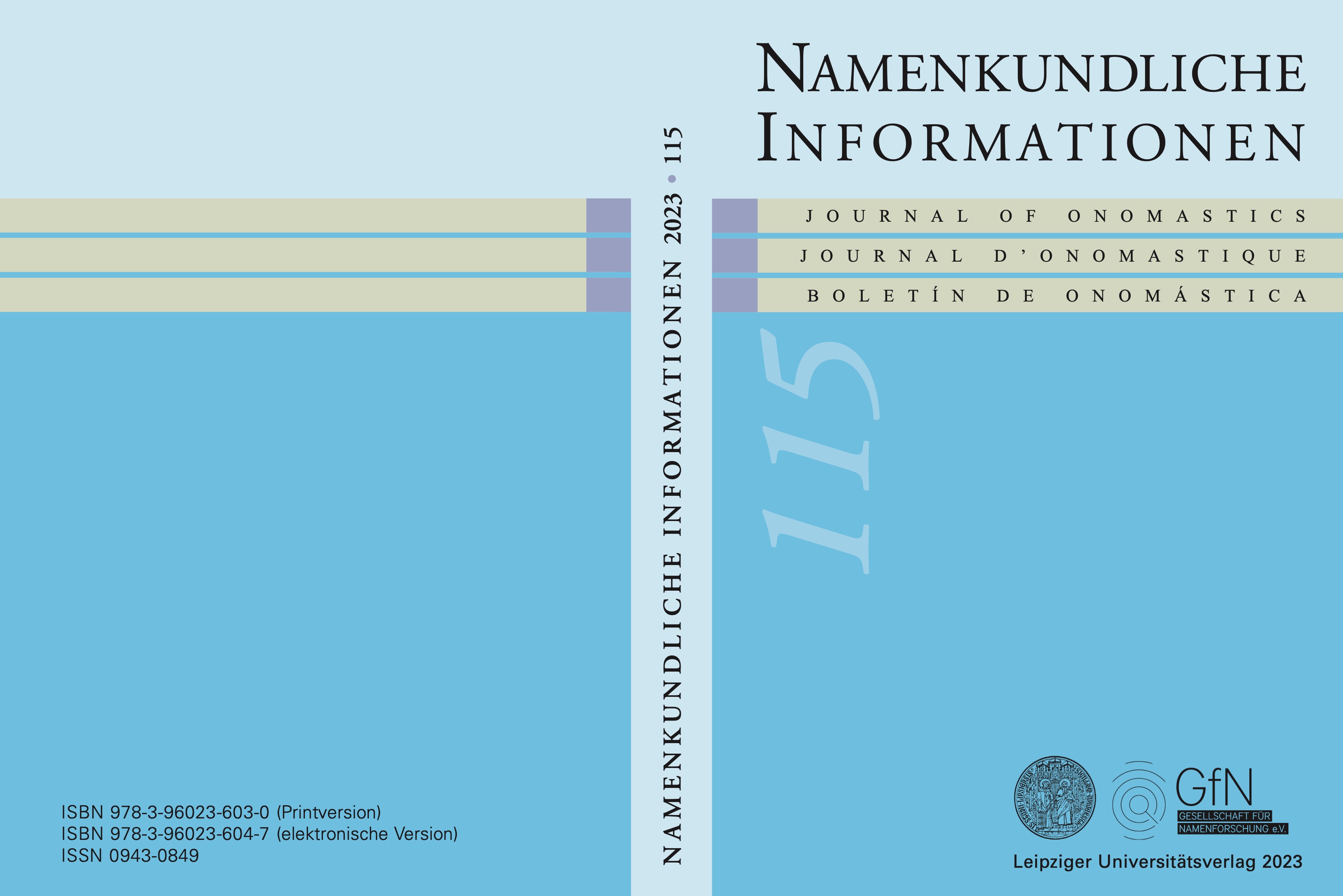The Victorids. Onomastic and linguistic-historical reflections on an early medieval genealogy of Raetia Prima
(Main Topic)
DOI:
https://doi.org/10.58938/ni731Abstract
For almost three centuries (6th–8th century), the early medieval province of Raetia Prima was ruled in both secular and ecclesiastical terms by a dynasty known as the Victorids or Zaccones, after the names of its early members. The name world of the Victorids is predominantly Romanized, butthe attavus (‘end-of-line ancestor’) Zacco of the dynasty in particular has been explained as ‘Germanic’, and from this it has been concluded that Frankish actors had already penetrated the otherwise quite closed Roman-Latin world of Raetia from outside in the early 6th century. In this work, the distinctive Romanized names of the Victorid group are first analysed according to their origin and distribution. To a very large extent, the names are centred mainly in northern Italy and in the two Raetia. In addition, there are some characteristic and rare names that clearly dominate in Raetia. This provides a clear indication of the Alpine-Romanic location of the family. In a second approach, the study shows that both the name Tello (for a bishop and a comes) and Zacco, which appears several times, can be interpreted as pre-Germanic Romance. Zacco, which developed from the apostle’s name Giacco, Jac(c)o < Jacob, was particularly influenced by a phonetic development well attested in northern Italy and Alpine Romania, which is also documented early on in the chronicle of Pseudo-Fredegar, edited around 658/961 and based on Burgundian sources pointing to western Switzerland around Avenches, by the clear form Zacob instead of Jacob.
Downloads
Published
Issue
Section
License
Copyright (c) 2024 Wolfgang Haubrichs

This work is licensed under a Creative Commons Attribution 4.0 International License.
Es findet keine exklusive Übertragung von Verwertungsrechten (Copyright Transfer) an die Zeitschrift statt. Die Autor/innen stimmen bei Manuskripteinreichung der Veröffentlichung unter der Lizenz Creative Commons Attribution 4.0 International zu.


